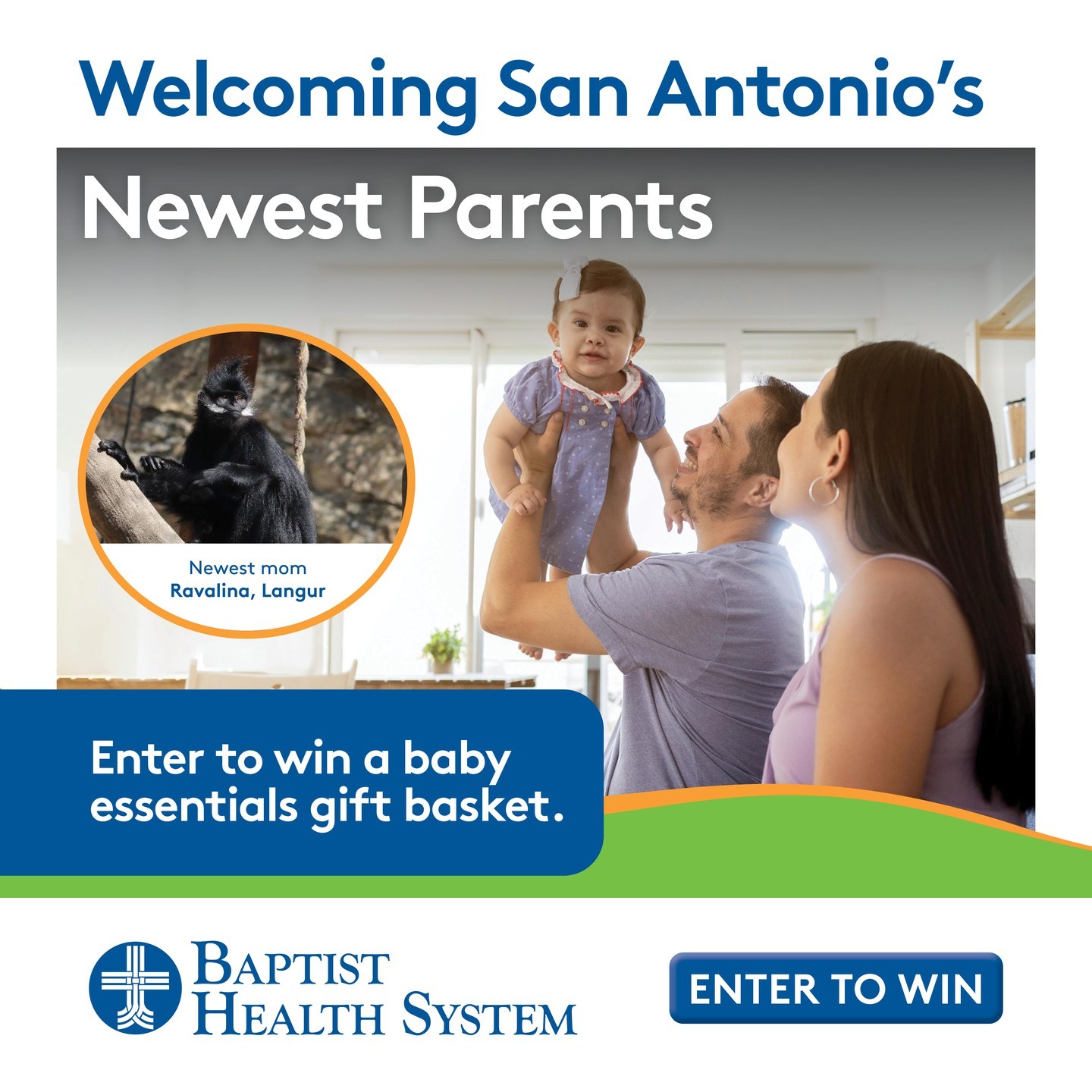- The early life bonding behaviors of Ravalina and Chay’s newborn and their significance.
- Methods of enhancing parental bonding beyond physical interaction.
- The role and benefits of reading and singing to newborns.
- The importance of mimicking the infant’s sounds and maintaining eye contact.
- Contributions of these practices to wildlife conservation and zoo management.
Ravalina and Chay’s newborn, like many in the animal kingdom, exhibits bonding behaviors that are crucial in the early stages of life. These behaviors, primarily characterized by clinging to the mother, serve an essential role in ensuring the infant’s survival and its cognitive and emotional development. In the context of zoology, this attachment is not just a simple parent-offspring interaction but a vital necessity for learning and adaptation. The physical closeness during these weeks provides warmth and safety, allowing the newborn to adjust to external environmental conditions. Through such proximity, the mother imparts essential skills and knowledge, which are crucial for navigating their habitat effectively.
Beyond the initial physical bonding, there are multiple avenues to deepen the connection between parents and their offspring, whether in human families or zoo-reared animals. One effective method is through auditory engagement. Reading aloud and singing to newborns can significantly boost their language acquisition and auditory discrimination skills. This auditory stimulation aids in developing neural pathways associated with hearing and language. In zoo environments, keepers often use these techniques to acclimate animals to human presence, creating a sense of familiarity and trust that can facilitate handling and healthcare routines.
Mimicking the sounds that newborns make and maintaining regular eye contact back up the bonding process. These interactions serve a dual purpose, offering the infant a chance to practice vocalization and encouraging visual tracking skills. In the wild, these behaviors contribute to the survival toolkit of young animals. Similarly, in managed environments like zoos, such interactions can enhance cognitive development and well-being. This not only promotes healthier behavioral patterns but also assists in breeding programs by improving maternal success rates.
This mother-infant bonding is not only crucial for the individual animals but also plays a significant role in broader conservation efforts. Wildlife conservation and zoo management are significantly influenced by understanding and facilitating these natural behaviors. Ensuring that newborns form strong bonds with their caregivers can lead to higher survival and reproduction rates. Consequently, conservationists can bolster populations of endangered species by incorporating these bonding techniques into their strategies. The focus on both physiological and emotional well-being aligns with the principles of holistic animal husbandry, promoting longevity and quality of life.
In conclusion, the birth of Ravalina and Chay’s newborn and its bonding process is not merely a domestic affair but deeply intertwined with broader zoological and environmental processes. These detailed insights into early bonding behaviors enable us to support wildlife conservation through informed zoo management practices. By fostering these natural interactions, we do not only contribute to the stability and growth of animal populations under human care but also significantly impact the sustainability of ecosystems at large. As we continue advocating for environmental stewardship, such practices hold promise in bridging the gap between humans and the natural world.
*****
Source Description
Ravalina and Chay’s newborn will bond by clinging tightly to its mother for the first few weeks of life, like many newborn babies. However, there are many other ways to bond with baby, including reading and singing to your little one, mimicking baby’s cooing and making eye contact with baby. Enter to win a baby essentials gift basket, and you’ll receive @baptisthealthsa’s free downloadable pregnancy guide.
Enter at: https://bit.ly/4am7l5D


